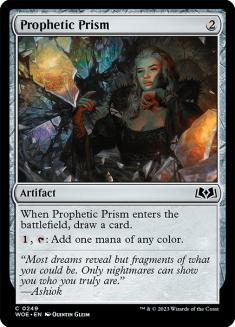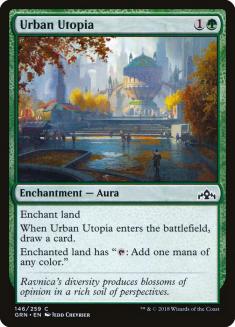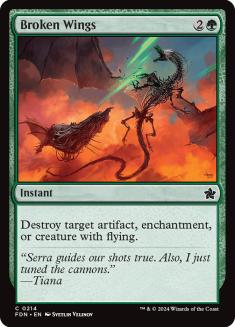Welcome back to the How To Play Magic: The Gathering series from Star City Games. If you need to catch up, check out the previous article, about participating in Booster Draft, or start at the beginning with The Basics.
Today, I’m going to teach you how to build a Sealed Deck, usually just called “Sealed.” Sealed is one of two ways to play Limited Magic. Unlike Constructed, where you bring a deck made of cards of your choosing to play. With Limited, you build one on the spot by opening a set amount of booster packs.
For Sealed, each player opens six booster packs, then makes their best 40-card deck. Notably, around seventeen of those cards will be lands. That means you’ll really be looking to find 23 of your best cards. Now, this sounds pretty simple at first, but there are many ways to go about organizing and building your deck once you have opened the packs.
Sorting Your Card Pool
The first thing you’ll do is open all the packs and sort the cards in stacks by colors, with stacks for nonbasic lands, multicolored cards, and artifacts. From there you can get a sense of how many cards you have for each color.
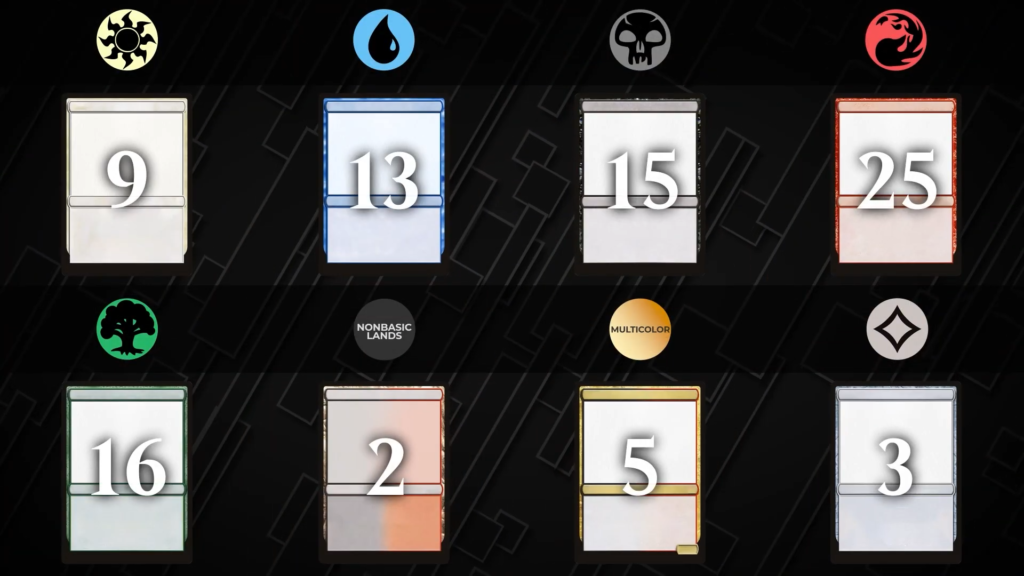
This will also give you an idea if any of your colors have multiple rares or “bombs,” powerful cards you ideally want to have in your deck. After rares and bombs, take inventory of how many pieces of removal you have for each color. Ideally, one or two of your colors will have removal and bombs to give you a starting point for what colors of decks you can try to build.
Do You Need to Splash?
Of course, if a color has good rares but not enough playable cards, you might have to abandon the color or find a way to “splash” for the rare. Splashing a color is when you add one or two cards of a color that isn’t the base colors of your deck because they are so powerful that it is worth sometimes not being able to play them until late in the game. You support your splash color by adding a couple of lands and any potential fixing in your pool, cards like Evolving Wilds, Prophetic Prism, or Urban Utopia.
Choose Your Colors
Once you find which colors are the deepest or have the most playable cards, look for any synergies or multicolored cards that might encourage one combination over the others. Maybe you have three colors that all look viable, for instance.
Lay out the possible decks by mana curve and see if any of the decks are missing pieces, like not enough early plays or not enough ways to get damage from evasive creatures or removal. Once you find the two colors that you like most, tinker around with the extra cards to flesh out the curve, and look for any splashes that would easily work with your deck.
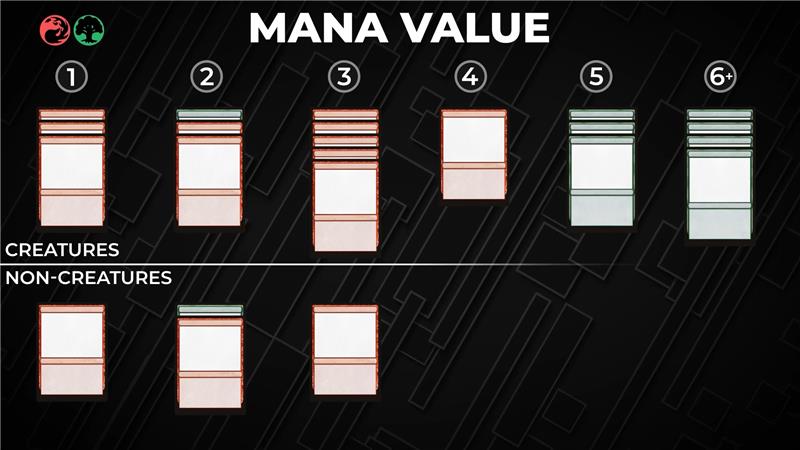
Look for Sideboard Cards
You can also take note of cards that will be good to sideboard in after Game 1. Stuff like Broken Wings or Negate can be necessary if an opponent has specific spells you need to answer. When sideboarding, you can even swap a part of a deck for another color to be better against what your opponent is doing. If your base deck is aggressive and your opponent has a lot of big blockers and removals, it might be better to swap a color or some of the cheap creatures for a slower deck with more powerful threats.
Card Advantage and Raw Power
Key concepts for Sealed are card advantage and raw power over synergies. Cards that draw extra cards, replace themselves, or can take out one or more cards from your opponent will be stronger as the game goes long, giving you more tools to leverage. Two cards might work well together, but if you only draw one half of the combo, they don’t do much on their own. It could be better to replace situational cards with more consistent cards that might not be as flashy or as powerful together but can carry their weight individually.
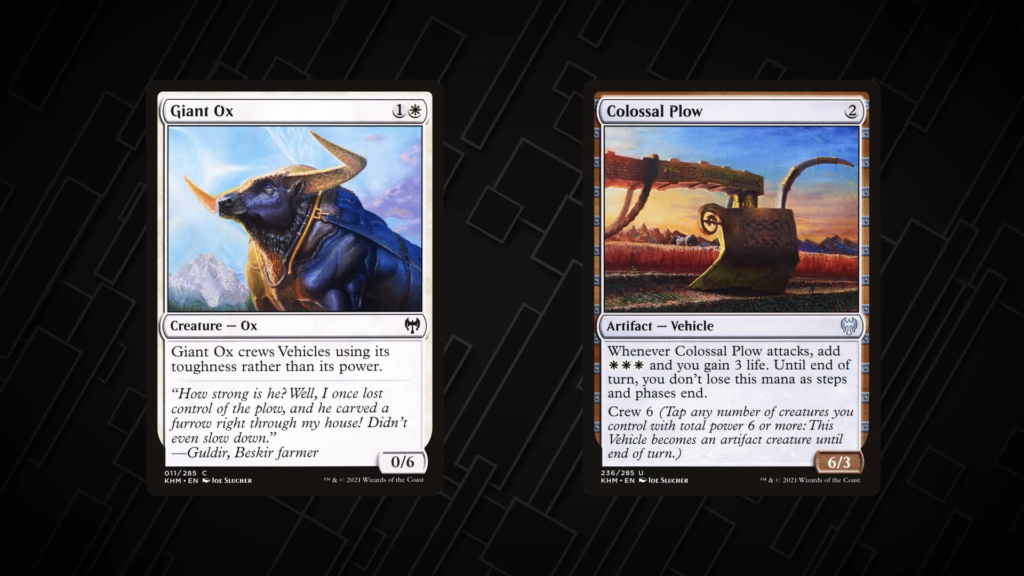
Thanks for reading this How To Play Magic: The Gathering article. We hope you found it helpful! We look forward to teaching you more in our other How to Play articles from Star City Games.
Previous Article
Next Article

